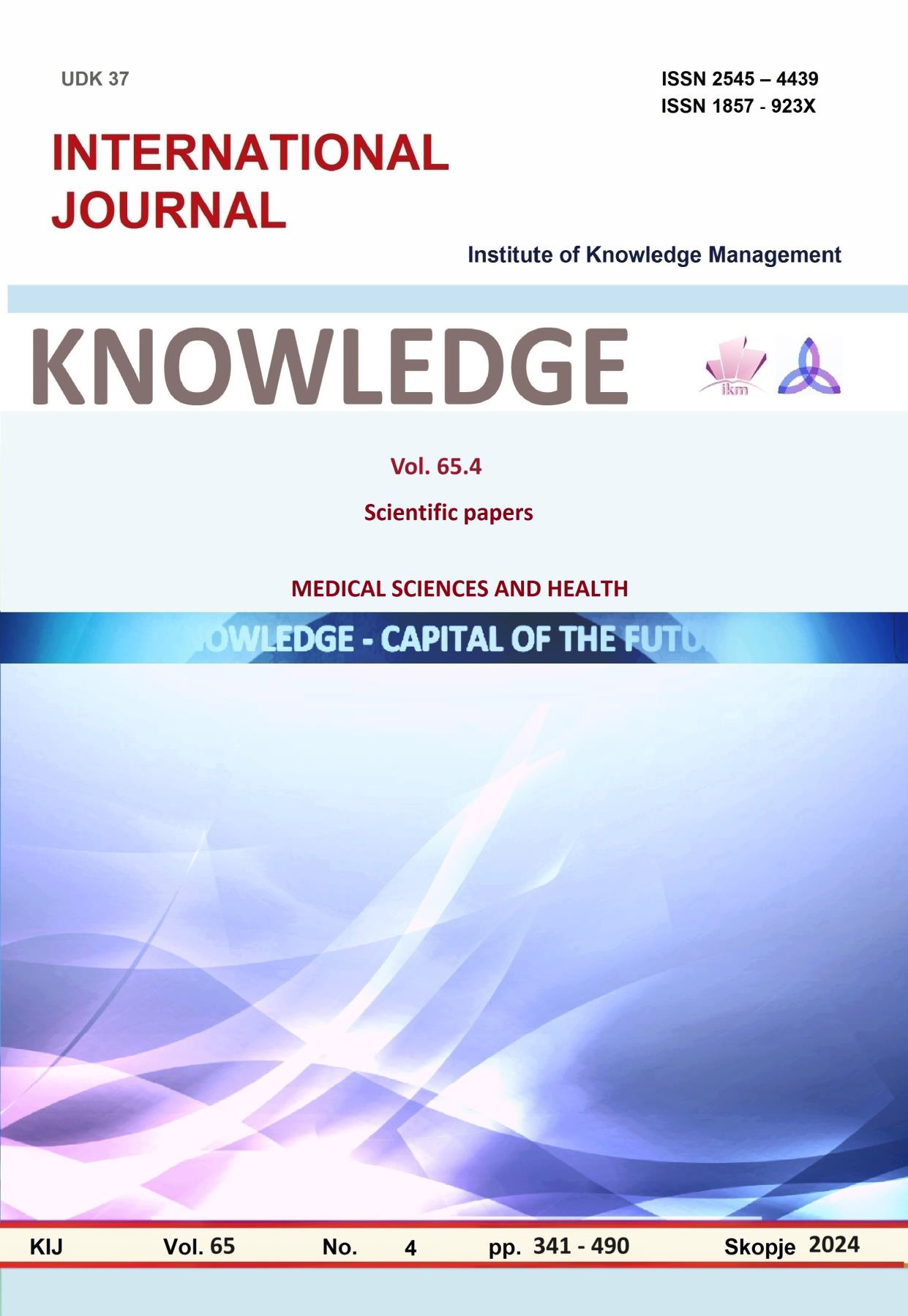ЕВАЛУАЦИЈА НА КОМФОРТОТ НА ПАЦИЕНТОТ ЗА ВРЕМЕ НА РАЗЛИЧНИ МЕТОДИ НА МАНДИБУЛАРНА АНЕСТЕЗИЈА
EVALUATION OF PATIENT COMFORT DURING DIFFERENT METHODS OF MANDIBULAR ANESTHESIA
Author(s): Armend Redzepi, Cena Dimova, Daniela Veleska Stevkovska, Jeta BedzetiSubject(s): Social Sciences, Health and medicine and law
Published by: Scientific Institute of Management and Knowledge
Keywords: Local anesthesia;Fear;Pain;Injections;Two-stage technique;Inferior alveolar nerve block
Summary/Abstract: Before gainin confidence of a patient, it is necessary to have a specific approach to deal with the patient's individual fear of the intended dental intervention. The purpose of this paper is to record the size of the anesthetized field achieved by applying different techniques of mandibular block anesthesia and to determine the occurrence of fear and pain during the application of several different techniques of mandibular block anesthesia. For the realization of the aim, a research was conducted in which 90 healthy subjects of both genders were included divided into three groups of 30 subjects according to the applied local mandibular anesthesia: direct technique, indirect - direct technique and two-stage local anesthesia. The criteria for inclusion in the research were as follows: individuals from 25 to 65 y, male and female. For the research, questionnaires were prepared for each subject individually, in which all necessary parameters of the work method were noted. Presence of fear of anesthesia using the following objective assessment scales: Corah Dental Anxiety Scale (CDAS) and Modified Dental Anxiety Scale (MDAS) (absence/presence: little, medium, very, extremely much). Presence of pain using the Heft-Parker visual analogue scale in several intervals. The results of the study showed that all methods were generally effective in achieving local mandibular anesthesia, whereby the direct method and the two-stage method showed similar effectiveness in debulking, while the indirect-direct method showed the need for the application of additional anesthesia for the buccal nerve. The two-stage technique of mandibular anesthesia is recommended for more sensitive patients, female patients, pregnant women and pediatric patients, and it achieves a more efficient and less painful method of application.
Journal: Knowledge - International Journal
- Issue Year: 65/2024
- Issue No: 4
- Page Range: 389-394
- Page Count: 6
- Language: Macedonian

